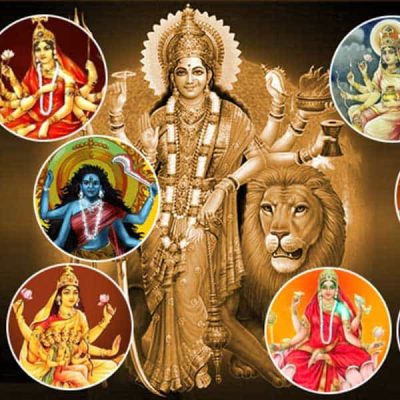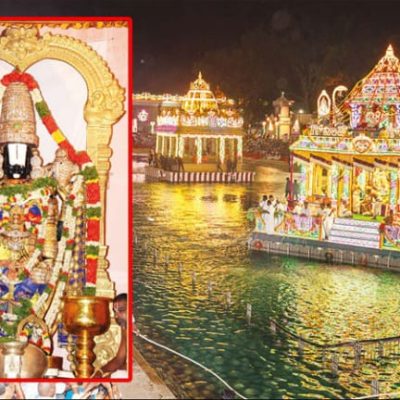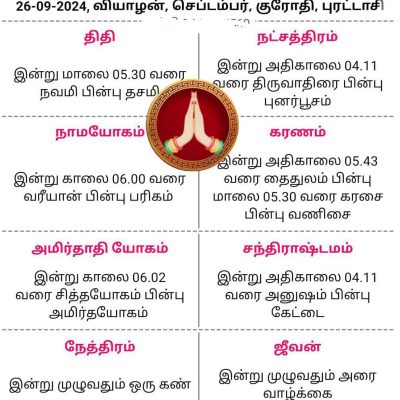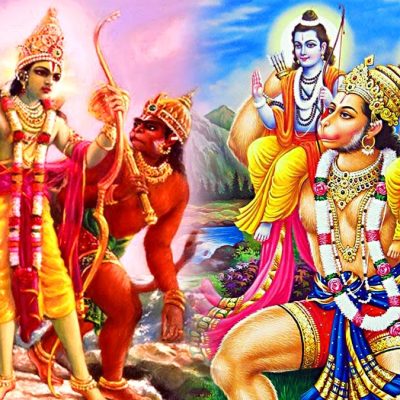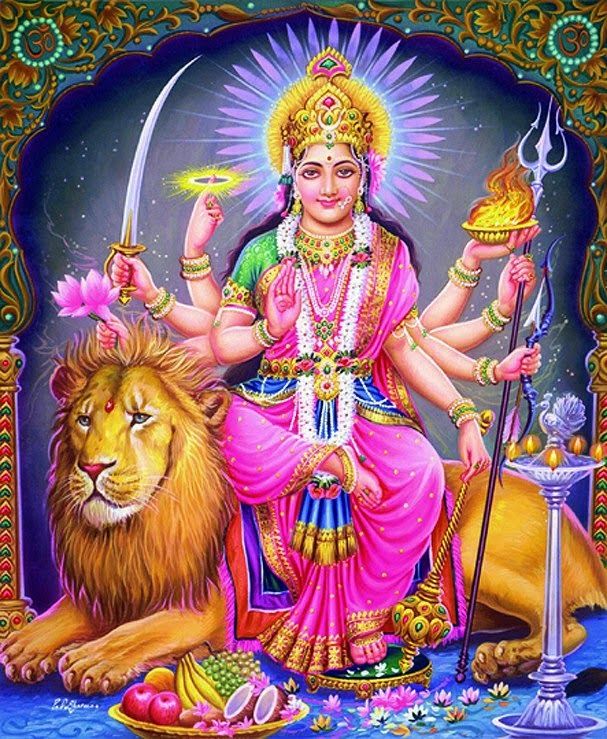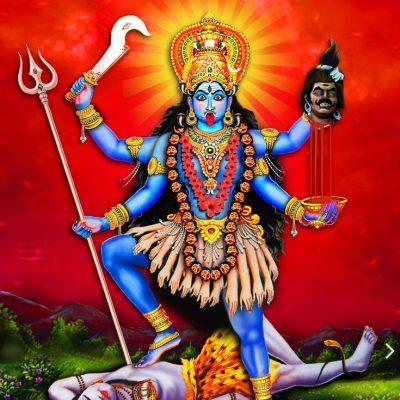Brahmagiri Alarnath Temple, Odisha

Address
Brahmagiri Alarnath Temple, Odisha
Brahmagiri Rd, Alarapur, Brahmagiri,
Odisha 752011
Moolavar
Alarnath (Lord Vishnu)
Introduction
The Alarnath Temple is located in Brahmagiri Town, which is in the Brahmagiri Block of Puri District, Odisha, India. It is situated on the banks of Chilika Lake and is to the south of the famous Puri Jagannath Temple. The temple is recognized as a protected monument by the Odisha State Archaeology department and is under the custodianship of the Endowment Department, Government of Odisha.
Puranic Significance
- The original temple is believed to have been built in the 13th century CE by the Gangas dynasty.
- The temple has historical significance due to the association with the visit of the saint Ramanujacharya to Odisha.
- While many Azhwars are said to have visited the temple, it is not mentioned in the Nalayira Divya Prabandham, a collection of Tamil hymns.
- Chaitanya, a prominent saint and scholar, visited the temple during his stay in Puri in the early part of the 16th century CE.
- The present temple has been renovated and rebuilt by the Odisha State Archaeology department.
Brahmagiri:
- According to legend, during the Satya Yuga (the first age in Hindu cosmology), Lord Brahma came to this place and worshiped Lord Vishnu on top of a hill.
- Pleased with Brahma’s worship, Lord Vishnu appeared before him and instructed him to create a four-armed deity of Lord Vishnu, holding symbols like the conch shell (shankha), disk (chakra), club (gada), and lotus (padma), along with the deity Garuda.
- Lord Vishnu declared that this place would be known as Brahmagiri in remembrance of Brahma’s worship.
Alwarnath / Alarnath:
- As per another legend, the rulers of Alwar in Rajasthan had established the temple in Brahmagiri. Consequently, the deity came to be known as Alwarnath or Alarnath.
Special Features
Temple Architecture:
- The Alarnath Temple is east-facing and stands on a raised platform.
- It was constructed over the ruins of the 13th-century temple, with only the pista and pabhaga moldings of the vimana and part of the jagamohana jangha portion remaining.
- The temple follows a pancharatha plan (with five sections) and panchangabada elevation.
- It comprises a rekha vimana, pidha jagamohana, and natamandapa. Both the vimana and jagamohana have square plans, while the natamandapa is rectangular.
Deity and Icons:
- The sanctum sanctorum enshrines an image of the presiding deity, Alarnath/Alwarnath, who is about five feet tall and has four arms. He holds a chakra (disk) in the upper right hand, a lotus in the lower right hand, a conch in the upper left hand, and a club in the lower left hand. Garuda, the mount of Lord Vishnu, can be seen at the deity’s feet, folded in a prayerful position.
- Idols of Sridevi, Bhoodevi, and Brahma are also present in the sanctum.
- A shrine dedicated to Goddess Lakshmi, who is four-armed, is located within the temple premises.
Decorations and Carvings:
- The temple is relatively simple in terms of external decoration, with the existing bada of the jagamohana adorned with carvings of nayikas (female figures), dikpalas (guardians of the directions), and maithuna images.
Century/Period
13th century CE
Managed By
Archaeological Survey of India (ASI)
Nearest Bus Station
Brahmagiri
Nearest Railway Station
Puri Junction
Nearest Airport
Bhubaneswar

